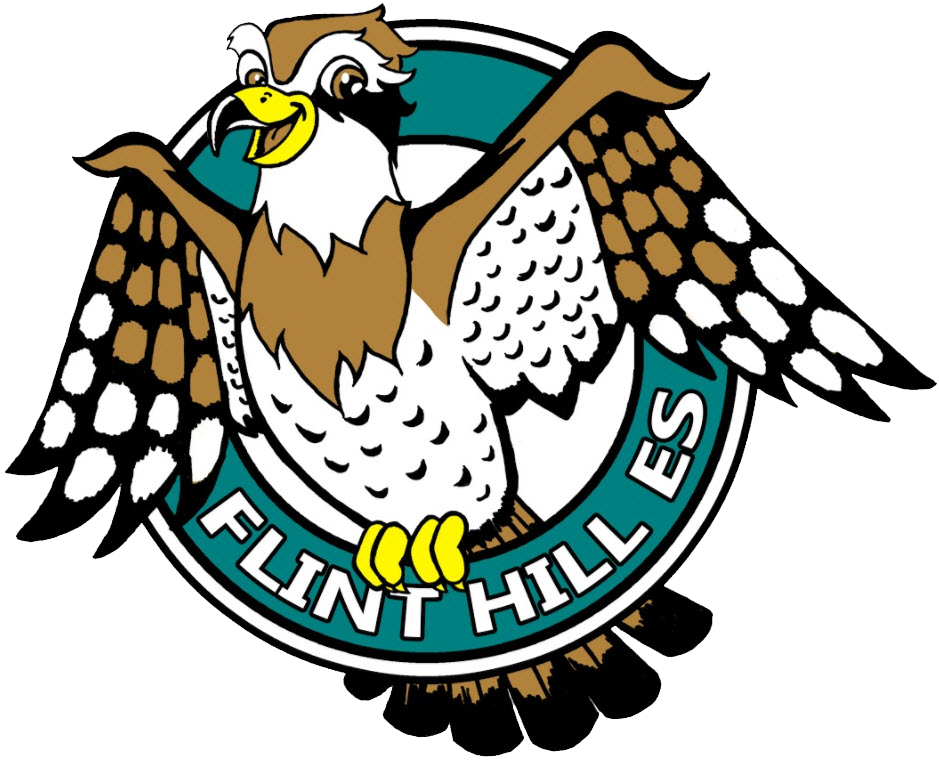2023-2024 School Innovation and Improvement Plan
Outcome goals for this academic year.
School Innovation and Improvement Plan At-A-Glance
-
2023-2024
-
Flint Hill Elementary School
-
Region 1
-
Eben Montaquila, Principal
English Language Arts
Outcome
Ensure students are making sufficient progress to be on grade level in English Language Arts by 3rd grade.
Goal
- By the end of the 23-24 school year 100% of 3rd grade students will demonstrate proficiency in reading as measured by 3rd grade students who 'Meet Expectation' on their Spring iReady Reading Assessment and/or perform 'On' or 'Above' on their 3rd grade iReady ORF measure.
Strategy 1
- Increase use of data (e.g., iReady, CORE, PASS, PRF, WIDA) to plan instruction and monitor progress for students demonstrating risk. (HLP 2-5)
Strategy 2
- Expand use of skills-based grouping to ensure students demonstrate mastery of foundational skills. (HLP 2, 5)
Strategy 3
- Expand use of independent practice with a variety of texts (e.g., decodable, nonfiction, fiction) and meaningful tasks (e.g., Lexia, writing about reading). (HLP 2-4)
Mathematics
Outcome
Ensure students are making sufficient progress to be on grade level in Mathematics.
Goal
- By the end of the 23-24 school year 100% of students in grades 1-6 grade students will meet or exceed grade level expectations in math on their Spring iReady math assessment in the areas of Number and Operations and/or Algebra and Algebraic Thinking.
Strategy 1
- Increase teacher implementation of explicit instruction and other components of effective mathematics intervention.
Strategy 2
- Use conversation structures to increase academic talk between students.
Strategy 3
- Increase students' self-efficacy around the ability to be successful in mathematics.
Portrait of a Graduate (POG)
Outcome
All students will complete a POG Presentation of Learning (POL) by 2025-26.
Goal
- By June 2024, 100% of students will have regular access to meaningful learning opportunities to authentically identify, practice, and build POG skills. In grades K,1,3,4,6 students will focus on reflection of POG Communicator skills; and in grades 2, 3, 5 and 6, students will participate in POG POL. Student growth in the POG Communicator skill will be measured by K, 1, and 4 Self Assessments and Teacher Scoring Guides and by grades 2, 3, 5 and 6 POG POL portfolios.
Strategy 1
- Instruction at all grade-levels includes explicit POG instruction within innovative pedagogy such as PBL and integration of thinking routines.
Strategy 2
- The school will build an understanding with students, staff and the community about why POG attributes and skills positively impact students within and beyond school.

